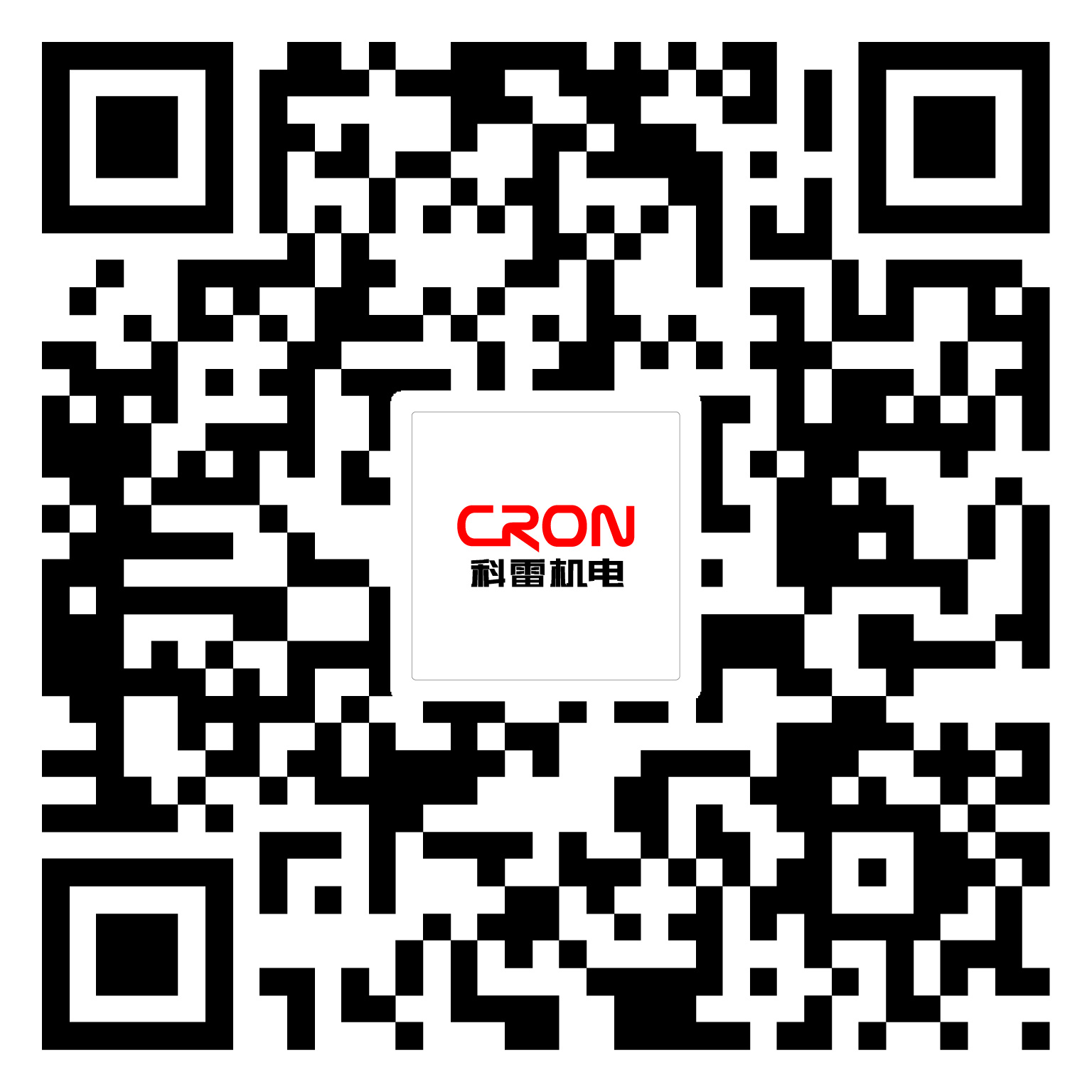Understanding the Flexo Platemaking System: A Key Component in Modern Printing
Release time:
2025/06/28
Source:
Kerei Electromechanical
The flexo platemaking system is an integral part of the flexographic printing process, widely used in the production of labels, packaging materials, and various other printed products. This system employs a unique methodology that enables printers to create high-quality images and text using flexible relief plates. Understanding the components and benefits of a flexo platemaking system can significantly enhance operational efficiency in the printing industry.
At the core of the flexo platemaking system is the production of flexible photopolymer plates. These plates are created through a process that involves exposing a photopolymer material to ultraviolet (UV) light. The areas that are exposed to light harden, while the unexposed areas remain soft and are later washed away, resulting in a plate that can transfer ink to a substrate. This process not only ensures high-quality reproductions but also allows for rapid production runs, making it an ideal choice for businesses looking to optimize their printing operations.
One of the standout features of a flexo platemaking system is its adaptability to various substrates, including paper, plastic, and metallic materials. This versatility is crucial for businesses that need to print on different types of packaging or labels without investing in multiple systems. Moreover, flexo printing is known for its fast turnaround times, which is a significant advantage in today’s fast-paced market environment.
Additionally, the use of water-based inks in flexographic printing is gaining traction due to its environmentally friendly attributes. This aspect of the flexo platemaking system aligns well with the growing demand for sustainable printing practices. Businesses that implement a flexo platemaking system can position themselves as eco-conscious players in the market, appealing to consumers who prioritize sustainability.
The automation of flexo platemaking systems has also revolutionized the industry. Advanced technologies allow for improved precision and consistency in plate production, reducing waste and operational costs. Furthermore, automated systems enable quicker setups and adjustments, leading to increased production efficiency.
In conclusion, the flexo platemaking system is a vital technology in the printing industry, providing businesses with the ability to produce high-quality prints efficiently. Its flexibility, speed, and environmentally friendly options make it a favorable choice for modern printing operations. By understanding and implementing a flexo platemaking system, companies can stay competitive and responsive to market demands.
At the core of the flexo platemaking system is the production of flexible photopolymer plates. These plates are created through a process that involves exposing a photopolymer material to ultraviolet (UV) light. The areas that are exposed to light harden, while the unexposed areas remain soft and are later washed away, resulting in a plate that can transfer ink to a substrate. This process not only ensures high-quality reproductions but also allows for rapid production runs, making it an ideal choice for businesses looking to optimize their printing operations.
One of the standout features of a flexo platemaking system is its adaptability to various substrates, including paper, plastic, and metallic materials. This versatility is crucial for businesses that need to print on different types of packaging or labels without investing in multiple systems. Moreover, flexo printing is known for its fast turnaround times, which is a significant advantage in today’s fast-paced market environment.
Additionally, the use of water-based inks in flexographic printing is gaining traction due to its environmentally friendly attributes. This aspect of the flexo platemaking system aligns well with the growing demand for sustainable printing practices. Businesses that implement a flexo platemaking system can position themselves as eco-conscious players in the market, appealing to consumers who prioritize sustainability.
The automation of flexo platemaking systems has also revolutionized the industry. Advanced technologies allow for improved precision and consistency in plate production, reducing waste and operational costs. Furthermore, automated systems enable quicker setups and adjustments, leading to increased production efficiency.
In conclusion, the flexo platemaking system is a vital technology in the printing industry, providing businesses with the ability to produce high-quality prints efficiently. Its flexibility, speed, and environmentally friendly options make it a favorable choice for modern printing operations. By understanding and implementing a flexo platemaking system, companies can stay competitive and responsive to market demands.


